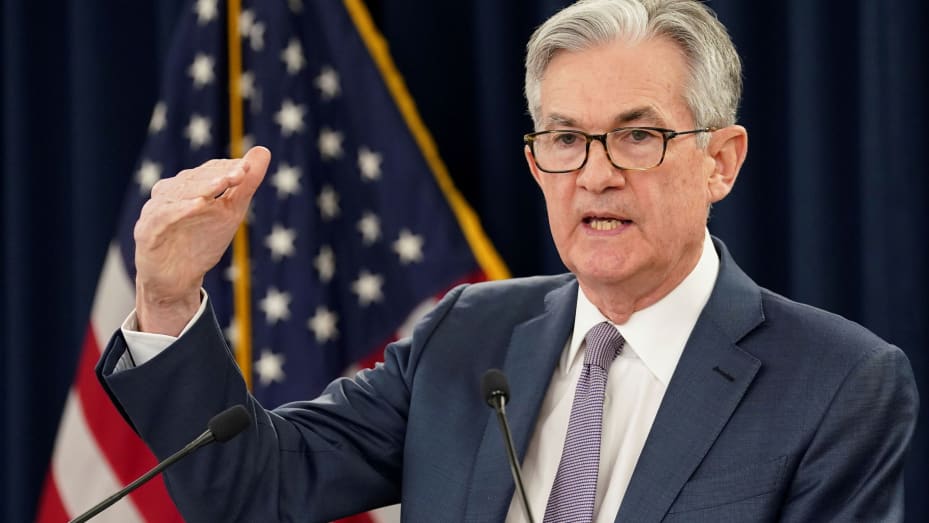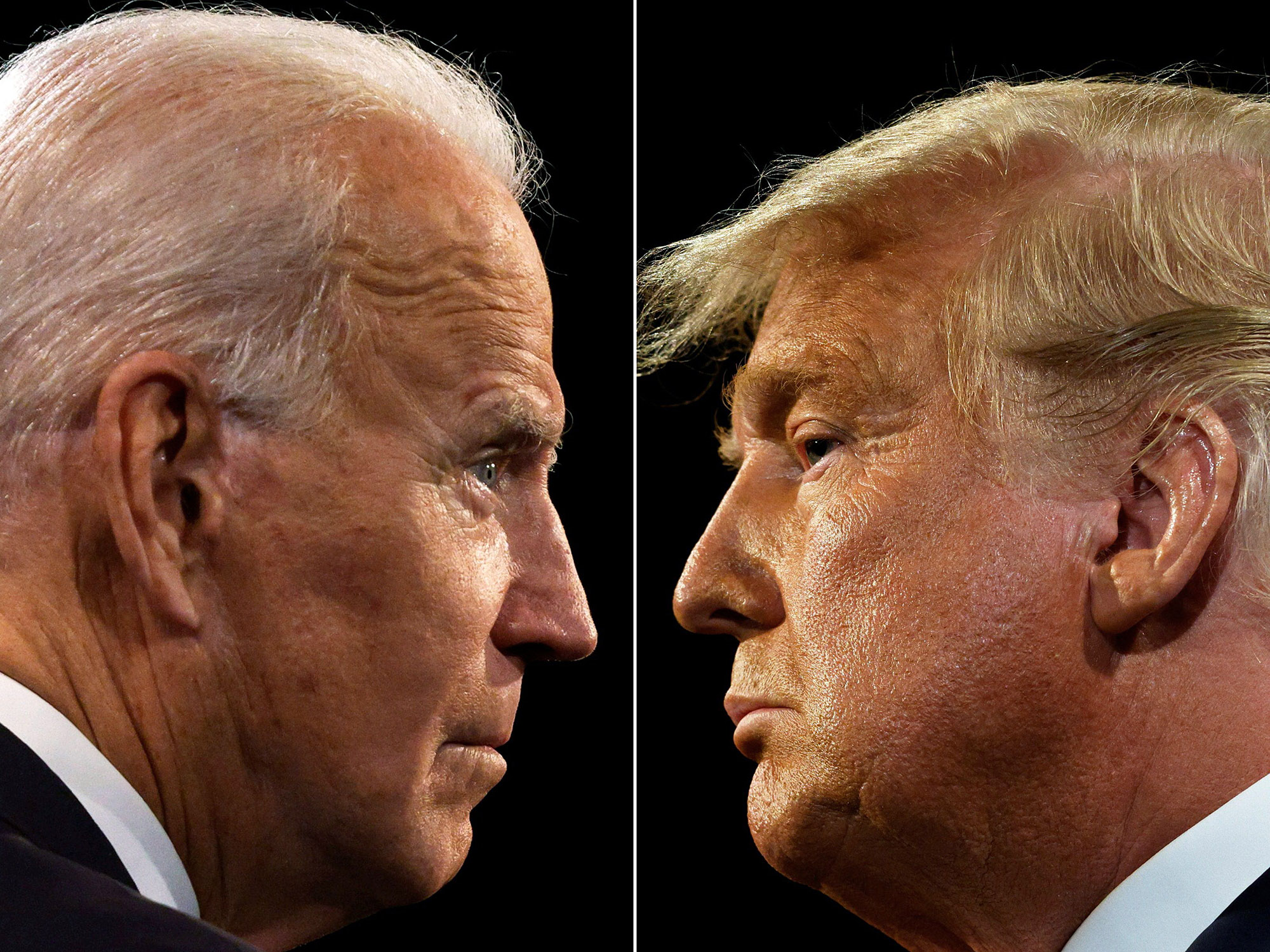As the 2024 presidential elections approach, the U.S. economy is witnessing a scenario of moderating inflation rates, which marks a critical juncture in the nation’s economic landscape. The 12-month percent change in the all-items consumer price index (CPI), a primary measure of inflation, showed a decrease to 3.2% in October 2023, following higher gains in the previous months. This downward trend is significant, considering the CPI inflation rate reached a peak of 9.1% in June 2022.

This easing of inflation pressures, however, does not imply that the Federal Reserve’s 2% target has been reached. In fact, the core CPI, which excludes food and energy prices and is often considered a more stable indicator of future inflation, was up by 4% from a year earlier as of October 2023. This rate is still far below the September 2022 peak of 6.6%, indicating a gradual movement towards stabilization.
Several factors contribute to this decline in inflation. The Federal Reserve’s more restrictive monetary policy has played a significant role in slowing the growth of the money supply and credit, leading to higher interest rates. These measures typically reduce the demand for goods and services. Additionally, the alignment of aggregate supply and demand is also playing a key role. The supply of goods and services, initially constrained due to global supply chain disruptions and workforce shortages, is now catching up with the demand.
source: tradingeconomics.com
Looking ahead, private-sector forecasters anticipate a continued fall in inflation, expecting it to drop below 2.5% in 2024. The U.S. real GDP, which grew at a 4.9% annual rate in the third quarter of 2023, is also projected to slow down but maintain positive growth in 2024. This overall economic outlook, with falling inflation and slower GDP growth, sets a complex backdrop for the upcoming presidential elections, where economic policies and measures to combat inflation will likely be key issues.
The economic landscape, particularly inflation rates and GDP growth, can have significant political implications, especially during an election year like 2024. In the context of the upcoming presidential elections, these economic indicators could potentially be used by political parties and candidates to shape their campaigns and influence voter perception.
Key Takeaways
- Economic Performance as a Campaign Tool: Incumbent parties often use positive economic indicators, such as falling inflation and steady GDP growth, to showcase their effective governance and economic management. A narrative of reducing inflation and fostering economic stability can be a strong campaign point. On the other hand, opposition parties might focus on any negative aspects, such as the high cost of living or any remaining economic challenges, to critique the incumbent’s policies.
- Voter Perception and Priorities: Voters’ perceptions of the economy can significantly influence their voting decisions. In times of economic hardship, voters may desire change, while in periods of economic stability or improvement, they might favor continuity. The way inflation and GDP growth are presented and interpreted can, therefore, play a crucial role in shaping voter priorities and decisions.
- Media and Public Discourse: The media’s portrayal of economic conditions can influence public perception. Selective reporting or emphasis on certain aspects of the economy can skew public understanding and sentiment. This can be particularly impactful during an election year, where economic news is closely followed and can sway public opinion.
- Political Messaging and Rhetoric: Candidates and parties may selectively use economic data to support their political narrative. For instance, highlighting improvements in specific sectors or regions while downplaying overall challenges, or vice versa, can be a tactic to rally support or criticize opponents.
- Policy Promises and Economic Plans: How candidates propose to address ongoing economic challenges, such as managing inflation or stimulating GDP growth, can be a key part of their campaign. Promises of economic reform or continuity, depending on the current economic situation, can be central to election campaigns.

